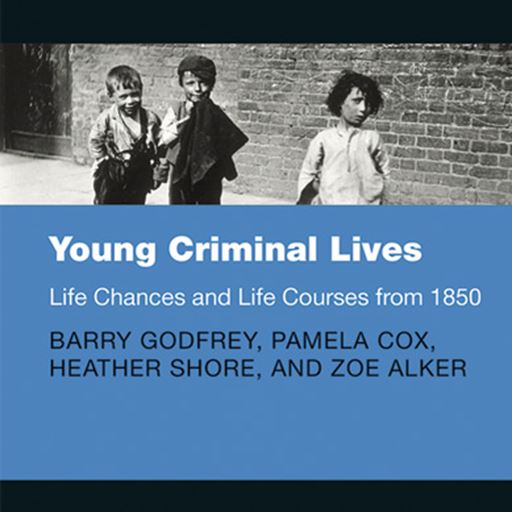Professor Cox explains: “Firstly, all of the young people studied walked straight out of the gates of their institution into paid employment. Secondly, the majority of those children were then assigned an after care officer who would build a relationship with them and monitor their progress. Sometimes, they kept in touch with each other for decades afterwards.
“So, not only were these young people able to reintegrate through work, many were able to earn enough money to pay their rent and to go on to support families of their own. In other words, most went on to lead pretty regular if modest lives. For the small percentage that did re-offend, we found that these economic and emotional networks were often missing.
Having identified why these historical institutions were ‘successful’ in terms of reducing re-offending, it’s easy to see why today’s are not.
Professor Cox continues: “The staffing and management of our secure estate for children is in crisis. With no means to guarantee that ‘through the gate employment’ and a more fragmented support network, it’s hard to see how our current system can succeed in rehabilitating young people. We are sending fewer young people to custody today but we think there’s a case for a making a real break with the past and to re-think our whole approach – for example by exploring solutions that are more community or family-based or more therapeutic in nature.

)



